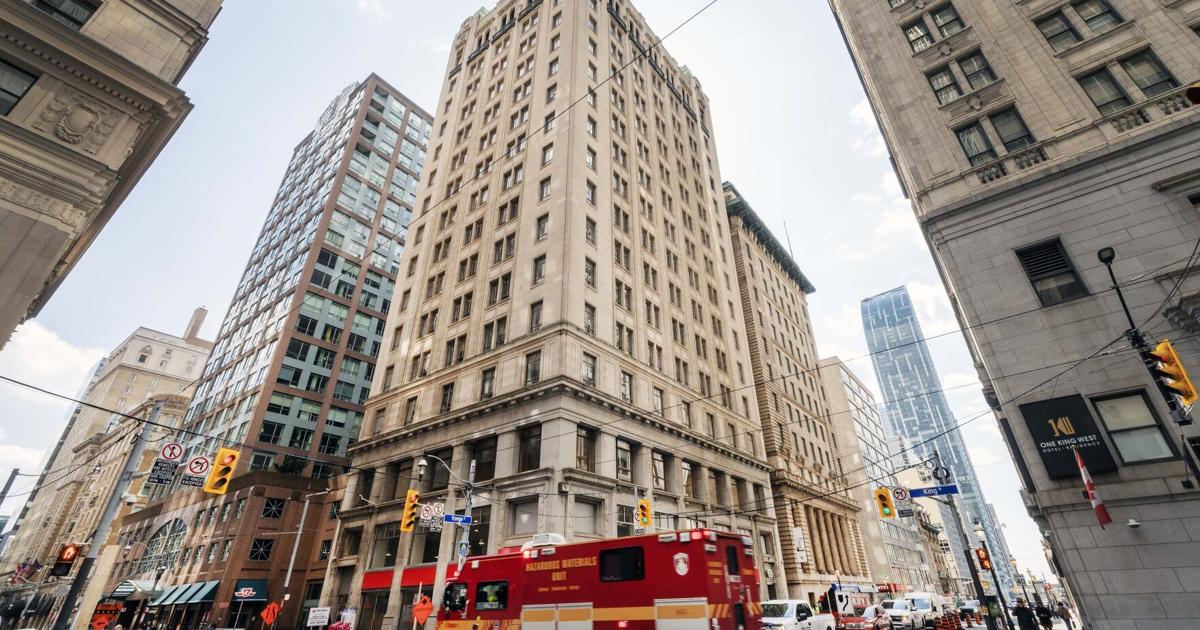rdaner
Senior Member
Approved. But why is something like this still a matter for the city to get involved in? Let the market determine use as long as it isn’t toxic. I thought that Ford would have straightened this out! And though I am no friend of the Tories I will say that there relaxation of outdated zoning inside existing built up areas was needed. Not even Seattle and Portland have gone as far.

 www.thestar.com
www.thestar.com

Landmark Toronto office tower granted new life as residence after special exemption
The plan would see the former CPR building at Yonge and King streets house 127 condos along with retail and restaurant space on the lower levels.
Last edited: